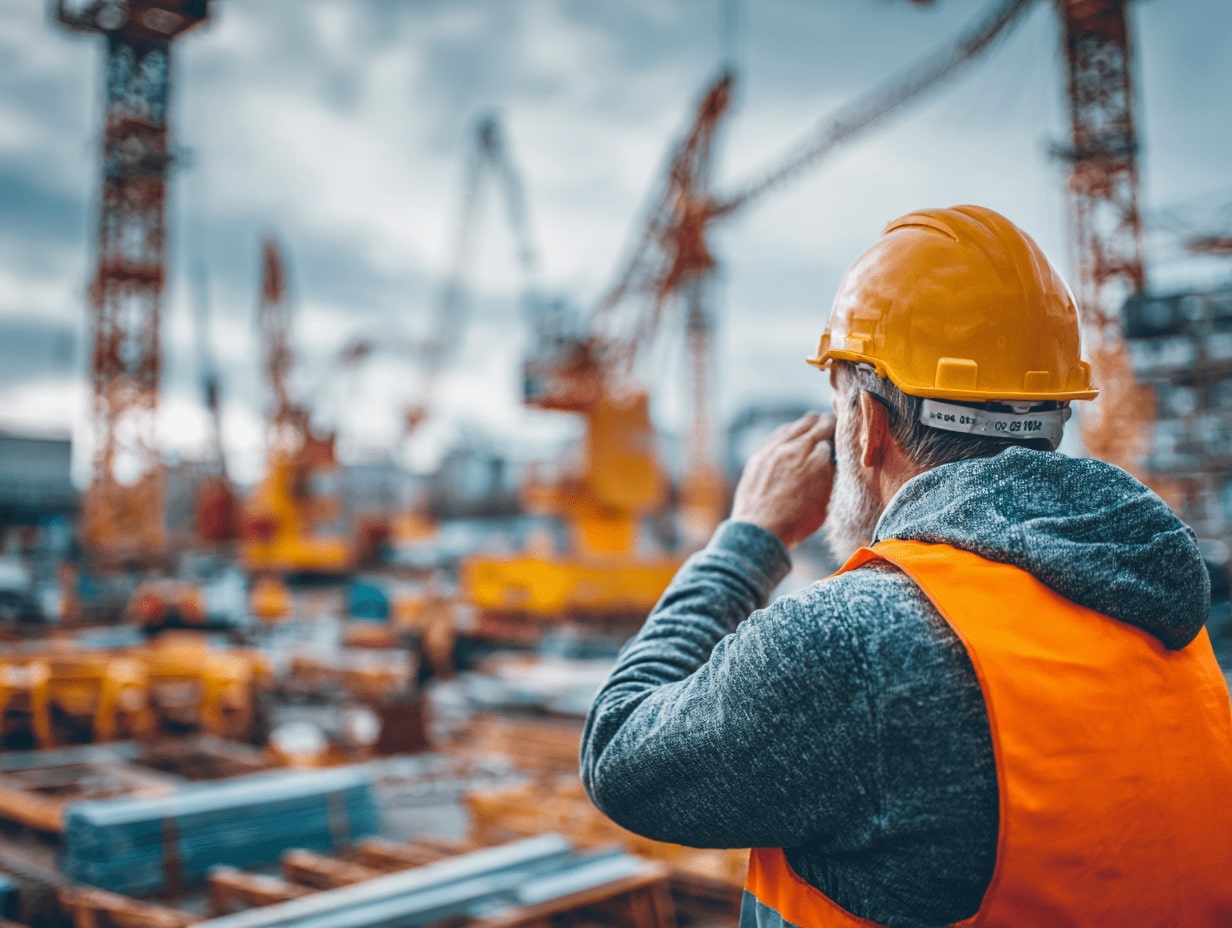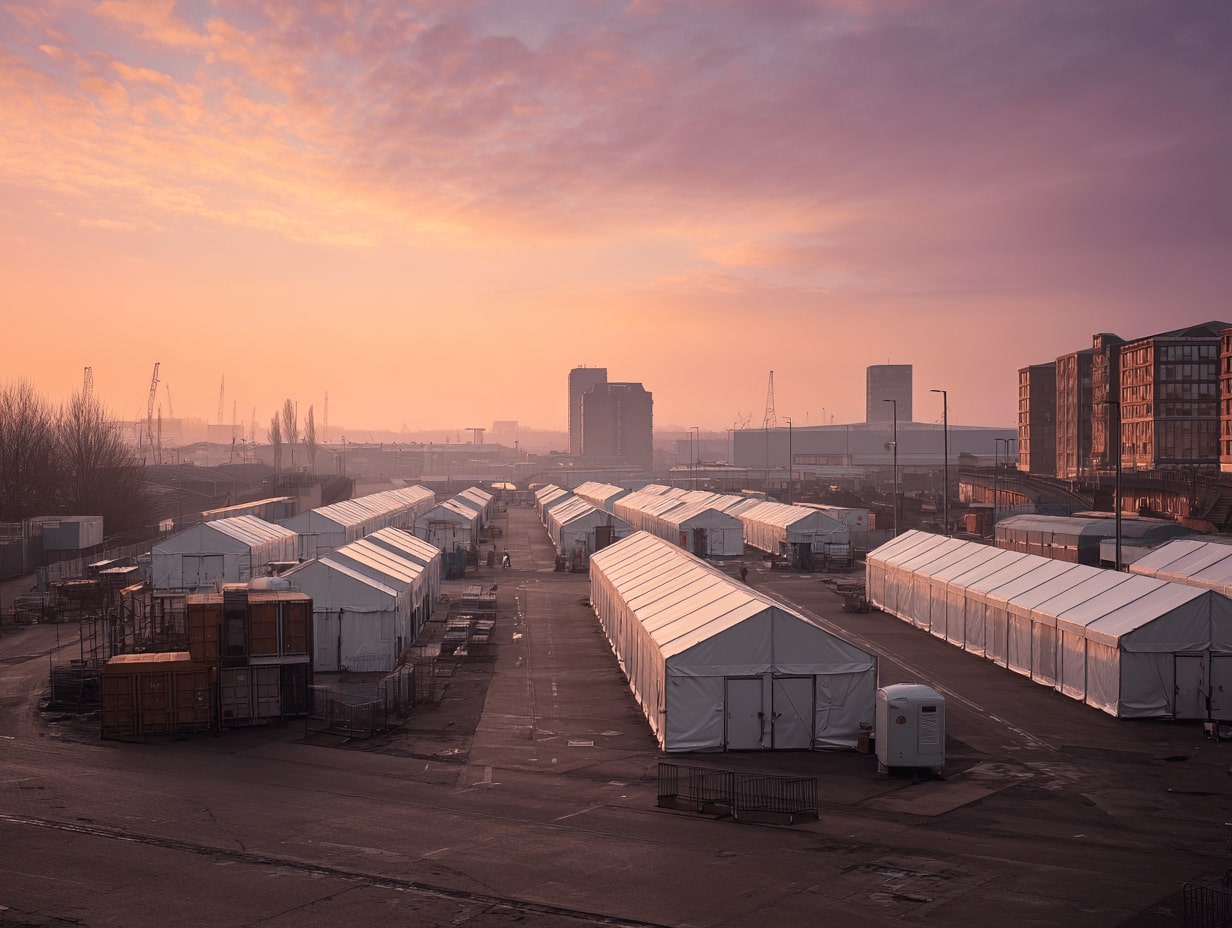- Home
- Articles
- Architectural Portfolio
- Architectral Presentation
- Inspirational Stories
- Architecture News
- Visualization
- BIM Industry
- Facade Design
- Parametric Design
- Career
- Landscape Architecture
- Construction
- Artificial Intelligence
- Sketching
- Design Softwares
- Diagrams
- Writing
- Architectural Tips
- Sustainability
- Courses
- Concept
- Technology
- History & Heritage
- Future of Architecture
- Guides & How-To
- Art & Culture
- Projects
- Interior Design
- Competitions
- Jobs
- Store
- Tools
- More
- Home
- Articles
- Architectural Portfolio
- Architectral Presentation
- Inspirational Stories
- Architecture News
- Visualization
- BIM Industry
- Facade Design
- Parametric Design
- Career
- Landscape Architecture
- Construction
- Artificial Intelligence
- Sketching
- Design Softwares
- Diagrams
- Writing
- Architectural Tips
- Sustainability
- Courses
- Concept
- Technology
- History & Heritage
- Future of Architecture
- Guides & How-To
- Art & Culture
- Projects
- Interior Design
- Competitions
- Jobs
- Store
- Tools
- More
The History and Evolution of USA Construction Techniques: From Past to Present
Explore the rich history of USA construction techniques, from Native American methods and European influences to iconic projects like the Brooklyn Bridge and modern green building practices. Discover how advancements in materials, technology, and design revolutionized the industry, leading up to today's focus on sustainability, automation, and robotics.

From the towering skyscrapers of New York City to the sprawling suburbs of California, the construction techniques in the USA have profoundly shaped our landscape. Over the centuries, we’ve witnessed an incredible transformation in how we build, driven by technological advancements, cultural shifts, and economic demands. Each era brought its own innovations, leaving a lasting imprint on our cities and towns.
Understanding the history and evolution of these techniques isn’t just about looking back; it’s about appreciating the ingenuity and resilience that have defined American architecture. Whether it’s the timber-framed houses of the early settlers or the steel and glass structures of the modern age, every phase tells a story of progress and adaptation. As we delve into this fascinating journey, we’ll uncover how past practices have paved the way for the future of construction in the USA.

Table of Contents
ToggleEarly Native American Construction Techniques
Early Native American construction techniques utilized available resources and deeply connected with the natural environment. Their methods reflected a profound understanding of materials and sustainable practices.
Indigenous Materials and Build Methods
Native Americans used readily available materials (e.g., wood, stone, clay). For example, the Pacific Northwest tribes crafted longhouses from cedar planks, while Plains tribes built tipis with wooden poles and animal hides. Puebloans made adobe bricks from mud and straw for their multi-story dwellings. Thatch and wattle, used by Southeastern tribes, involved weaving wood and covering it with mud.
Notable Pre-Colonial Structures
Several pre-colonial structures showed remarkable architectural skill. The Cahokia Mounds in Illinois, built by the Mississippian culture, consisted of large, earthen mounds used for ceremonial purposes. The Cliff Palace in Colorado, constructed by the Ancestral Puebloans, featured over 150 rooms carved into a cliff. The Taos Pueblo in New Mexico, continuously inhabited for over a millennium, showcased adobe construction in a desert environment.
Colonial and Early America Building Styles
Colonial and early American building styles mirror the cultural influences and resource availability of the time. They reflect the adaptation and evolution of European techniques combined with local materials.
Influence of European Techniques
European settlers brought extensive knowledge of construction practices. English, Dutch, French, and Spanish colonists introduced various styles. English settlers in New England built timber-framed houses, using joinery methods. The Dutch introduced brickwork, evident in structures in New York and New Jersey. French settlers in the Louisiana Territory built homes using timber framing and infill. Spanish missions in the Southwest used adobe construction.
Evolution of Architectural Designs
The architectural designs evolved to suit the diverse climates and conditions across America. In the Northeast, colonists built saltbox houses with steep roofs, ideal for shedding snow. Southern colonies saw the rise of plantation homes with expansive porches, designed for ventilation. Spanish colonial architecture in Florida and the Southwest often featured thick walls to provide insulation against heat. By blending European techniques with indigenous practices, early American builders created diverse and functional architectural styles.

Industrial Revolution and Its Impact on Construction
The Industrial Revolution fundamentally transformed construction techniques in the USA. The period’s innovations revolutionized building materials, methods, and project scale.
Introduction of Steel and Machinery
Steel’s introduction marked a pivotal shift. Before steel, wood, stone, and brick dominated. The Bessemer process in the 1850s enabled mass production of steel, making it affordable and reliable. Steel’s strength allowed for taller buildings and longer bridges.
Machinery innovation also reshaped the industry. Steam-powered excavators and cranes increased efficiency, reducing labor time. These advancements made ambitious projects feasible, boosting urban development.
Major Projects of the 19th Century
The Brooklyn Bridge stands as a testament to 19th-century engineering. Completed in 1883, it used steel cables and modern machinery, spanning the East River and connecting Manhattan and Brooklyn.
Another significant project, the Home Insurance Building in Chicago, completed in 1885, is often considered the first skyscraper. Utilizing a steel frame, it rose to ten stories, setting a precedent for future high-rise construction.
The Transcontinental Railroad, completed in 1869, facilitated coast-to-coast travel and commerce, utilizing steel tracks and steam locomotives. This massive project connected the vast American landscape, further driving economic growth and settlement expansion.
We see how the Industrial Revolution introduced steel and machinery, leading to major construction advancements and landmark projects in the USA. These innovations laid the groundwork for modern American infrastructure and urban landscapes.
Modern Construction Advances in the 20th Century
The 20th century marked a period of rapid evolution in US construction techniques. Innovations in materials, technology, and design shaped modern skylines and revolutionized building methods.
The Rise of Skyscrapers
In the early 1900s, steel-frame construction enabled the creation of skyscrapers. The use of steel made structures lighter and stronger compared to previous materials like brick and stone. The Equitable Building, completed in 1915, was one of the first high-rise buildings to incorporate this method, utilizing steel beams and columns.
The elevator innovation by Elisha Otis in the late 19th century facilitated vertical growth. It allowed easy access to higher floors, making tall buildings functional and appealing. By the mid-20th century, cities like New York and Chicago had transformed into vertical metropolises with iconic structures like the Empire State Building and the Willis Tower.

Innovation in Construction Technology
Emerging technology in the 20th century significantly impacted construction. Prefabrication became popular, allowing components to be manufactured off-site and assembled quickly on-site. This reduced construction time and costs. The adoption of reinforced concrete improved structural integrity, enabling designs with broader spans and larger open spaces.
Computer-aided design (CAD) emerged in the 1960s, enhancing precision and efficiency. CAD software allowed engineers and architects to create detailed schematics, simulate stress tests, and refine designs with greater accuracy. Advances in machinery, such as cranes and bulldozers, further accelerated project timelines by enabling faster and safer material handling.
These technological leaps not only improved the efficiency and safety of construction but also expanded creative possibilities, leading to the diverse architectural styles seen in modern American cities.
Contemporary Trends in USA Construction
In recent years, modern construction techniques in the USA have evolved to address sustainability, efficiency, and technological advancements.
Sustainable and Green Building
Many construction projects now incorporate sustainable practices. Builders use recycled materials, implement energy-efficient designs, and prioritize low-emission technologies. LEED certification has become a benchmark for green building standards. For example, using solar panels, green roofs, and geothermal heating systems has become more common. These initiatives reduce carbon footprints and promote environmental stewardship.
Use of Automation and Robotics
Construction sites increasingly feature automation and robotics. Drones survey sites, providing real-time data and aerial perspectives. 3D printing technology enables the creation of complex structures more cost-effectively. Autonomous vehicles and machines tackle repetitive tasks, reducing labor costs and minimizing human error. For instance, robotic bricklayers can build walls faster and more accurately than manual methods. Embracing these technologies boosts productivity and ensures consistent quality in construction projects.

Conclusion
Our exploration of the history and evolution of USA construction techniques revealed significant milestones and transformational periods. From early Native American methods to European influences and the Industrial Revolution, each era contributed unique elements. The construction of landmark projects like the Brooklyn Bridge and the Home Insurance Building showcased advancements in steel usage and machinery.
The completion of the Transcontinental Railroad in 1869 symbolized American progress, linking vast territories and enabling broad infrastructural developments. Moving into the 20th century, we saw innovations in materials, technology, and architectural design, most notably illustrated in the emergence of skyscrapers.
Recent trends focus on sustainability and efficiency, incorporating practices like the use of recycled materials, energy-efficient designs, and renewable technologies such as solar panels and geothermal heating. Automation and robotics now play a pivotal role, with drones for site surveying and 3D printing for complex structures enhancing productivity and construction quality.
Our journey through these eras underscores the relentless pursuit of improvement in the USA’s construction sector, driven by an enduring commitment to innovation and excellence.
- American Architecture Evolution
- American Building Methods
- Building Technology History USA
- Construction Industry Evolution
- Construction Innovations USA
- Construction Methods Throughout History
- Construction Techniques in USA
- Evolution of American Skyscrapers
- Evolution of Construction Techniques
- Future of Construction Techniques USA
- Historical Construction Methods America
- Modern Construction Techniques USA
- Traditional American Construction
- USA Construction History
A licensed architect with hands-on studio experience, I translate complex design ideas into clear, engaging stories for a global audience. As a seasoned content writer and editor, I craft articles, project features, and thought-leadership pieces that illuminate emerging technologies, sustainable practices, and cutting-edge design trends—always with an architect’s eye for detail, accuracy, and narrative flow. My goal is to bridge practice and publication, giving fellow professionals and curious readers alike the insight and inspiration they need to push architectural boundaries.
Submit your architectural projects
Follow these steps for submission your project. Submission FormLatest Posts
Why Legal Support Is Critical After a Serious Construction Accident
If you are dealing with a construction accident or have ever watched...
7 Common Myths Every Contractor Should Stop Believing
The construction landscape is a complicated place at the best of times,...
Automation in Construction: Why Human Safety Still Matters
Automation in construction can cut injuries, but new risks emerge. Learn practical...
The Beauty of Temporary Buildings: Why Ephemeral Architecture Captivates Us
Explore the beauty of temporary buildings with design principles, sustainable materials, and...












Leave a comment